
Tea, coffee, and cocoa are known as the three major beverages in the world. Among them, China is the birthplace of tea, where the benefits of tea were discovered earliest and it became the national drink. After thousands of years of evolution, in the 21st century, the cup of tea in our hands has various ways of consumption, each providing different enjoyment and health benefits.
In the past and present, there are mainly two ways of drinking tea. One is to drink it plain, and the other is to drink it with added ingredients. Drinking tea plain means brewing pure tea with boiling water, without adding any seasonings, and enjoying the essence of tea. The purpose is to taste the true fragrance and original flavor of the tea leaves. Clear drinking requires careful observation, smell, and taste identification of the color, aroma, and taste of each type of tea, and to remember them. This is similar to the way Western countries judge the quality of wine, which is to use the senses to determine the quality of what is being consumed.
Based on the different types of tea, clear drinking tea can be divided into three categories: 1. Raw leaf tea; 2. Blended tea, which is a combination of several types of tea. For example, "Da Hong Pao" in Wuyi rock tea is a typical blended tea, where narcissus and cinnamon are the base, combined with other varieties such as White Cockscomb and Iron Monk. Pu-erh tea cakes are also blended teas, and you can try to create your own blend. 3. Processed tea, which is made by using the characteristic of tea leaves to absorb flavors and adding flowers, herbs, dried fruits, etc. Examples include jasmine tea, osmanthus tea, and sticky rice Pu-erh. There are also commercially processed teas, such as small green tangerines, various types of tea bags, instant tea, or matcha powder. These teas still retain the pure appearance of tea but are no longer considered clear drinking in terms of taste. In summary, clear drinking of tea pursues the original flavor of tea.
On the other hand, flavored drinking means adding flavors and ingredients to the tea after brewing, aiming for a pleasant taste. Before Lu Yu wrote "The Classic of Tea," our ancestors mostly used flavored drinking methods, which involved adding ingredients such as scallions, ginger, cinnamon, and salt to the tea. In modern times, flavored drinking has been popular among young people, with bubble milk tea, pearl milk tea, and milk cap tea as representatives. These new-style tea drinks imitate the mixing methods of cocktails and coffee in the West, adding milk, sugar, fruits, and even alcohol to tea, creating various flavors. This trendy way of drinking tea mainly aims to balance the bitterness of tea and create a personalized flavor according to one's preferences.
Based on the composition of the main ingredients in tea drinks, flavored teas can generally be divided into the following three categories: 1. Seasoned tea, which adds various seasonings such as sugar, salt, and spices to the tea. For example, the milk tea in Xinjiang and Mongolia is made by adding salt and milk to black tea. English afternoon tea adds sugar and milk to black tea. In ancient times, seasoned tea was made by adding salt, cinnamon, ginger, mint, etc. to green tea. 2. Flower and fruit tea, which directly adds various flowers, herbs, and fruits to the tea. Examples include rose, osmanthus, chrysanthemum, honeysuckle, goji berries, lemon, dates, etc. There are also other teas prepared with added ingredients. Different ethnic minorities have their own tea-drinking customs, often adding various seasonings or dried fruits to tea, such as Hakka "San Sheng Tang" (fresh tea leaves + ginger + rice), Hunan's ground tea (tea leaves + peanuts + mint), and Bai's "San Dao Cha".
Finally, a special category of non-tea teas is recommended - herbal teas. For example, ginger jujube tea, which mainly consists of ginger and jujube in a ratio of 1:3, and can be added with a suitable amount of brown sugar or not. This type of herbal tea can enhance the immune system and warm the body. Another example is flower-based herbal teas, such as dandelion, chrysanthemum, goji berries, jujube, and longan blended into a tea substitute. There are also tea substitutes made from leaf-based herbs, such as bitter tea, bamboo leaf tea, willow leaf tea, pine needle tea, etc., which have good health benefits.
In conclusion, whether it is clear drinking, flavored drinking, or herbal tea substitutes, all can be explored. By experiencing the color, aroma, and taste of different tea infusions, we can seek health benefits, unleash creativity, and enrich our lives with pleasure.


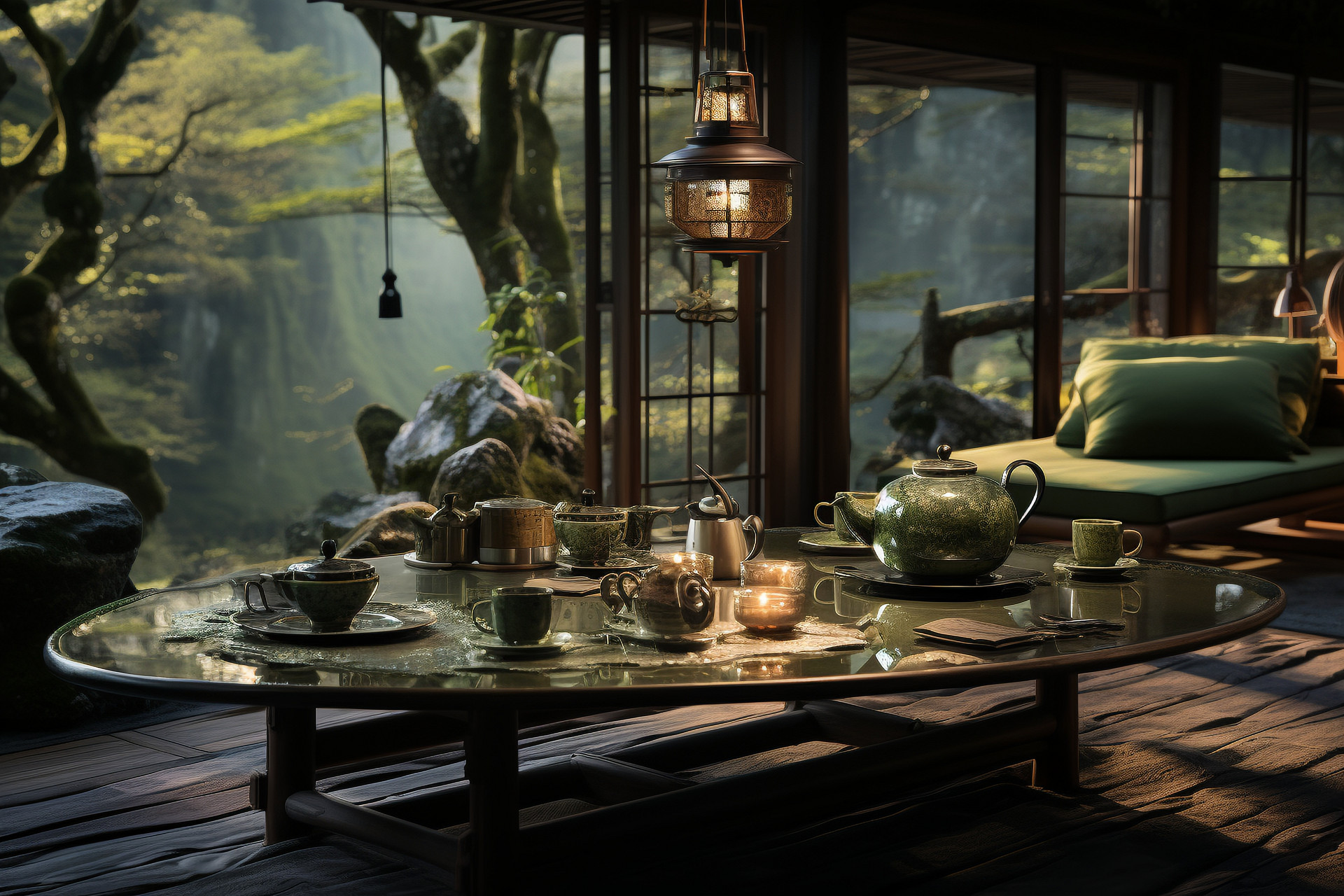
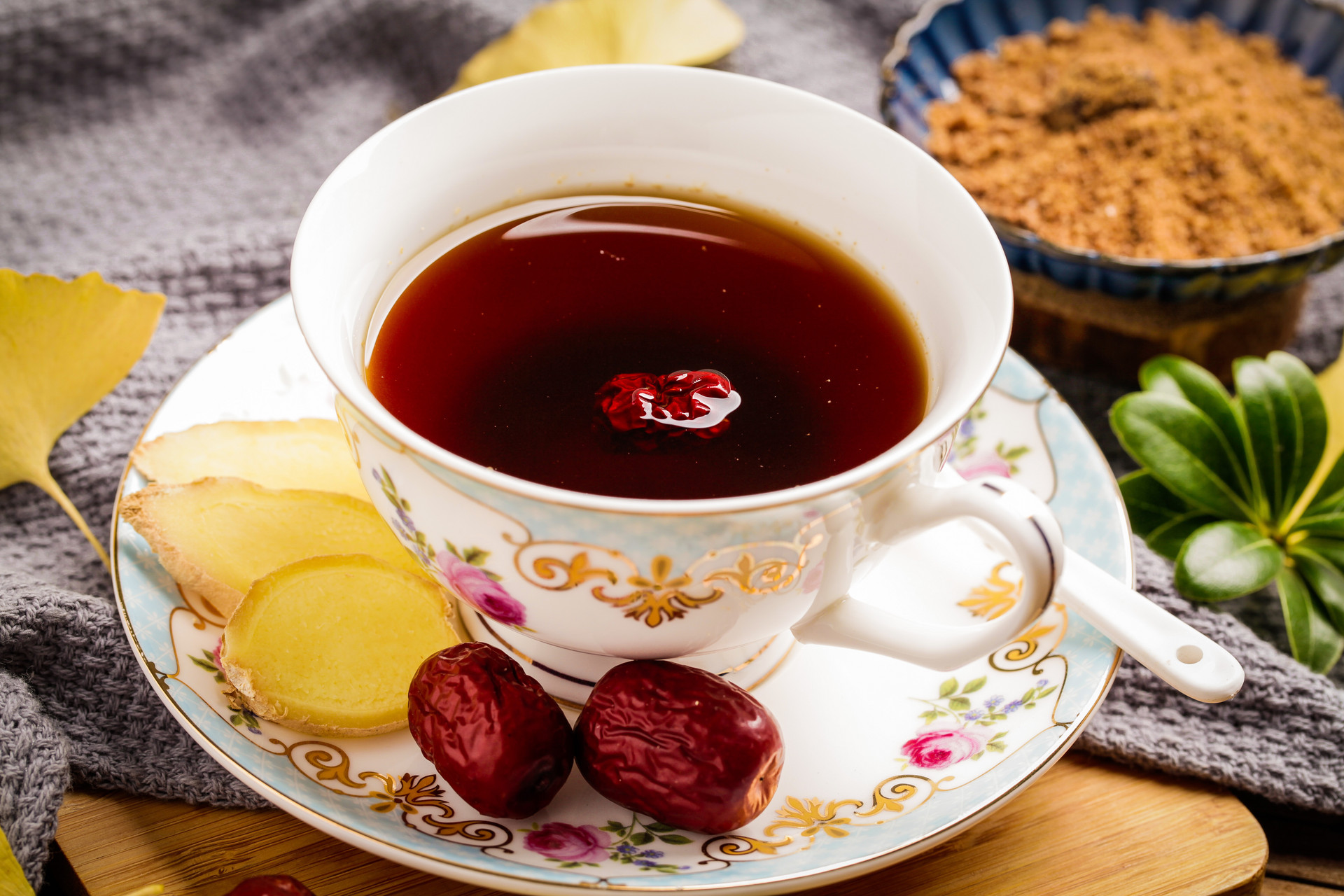
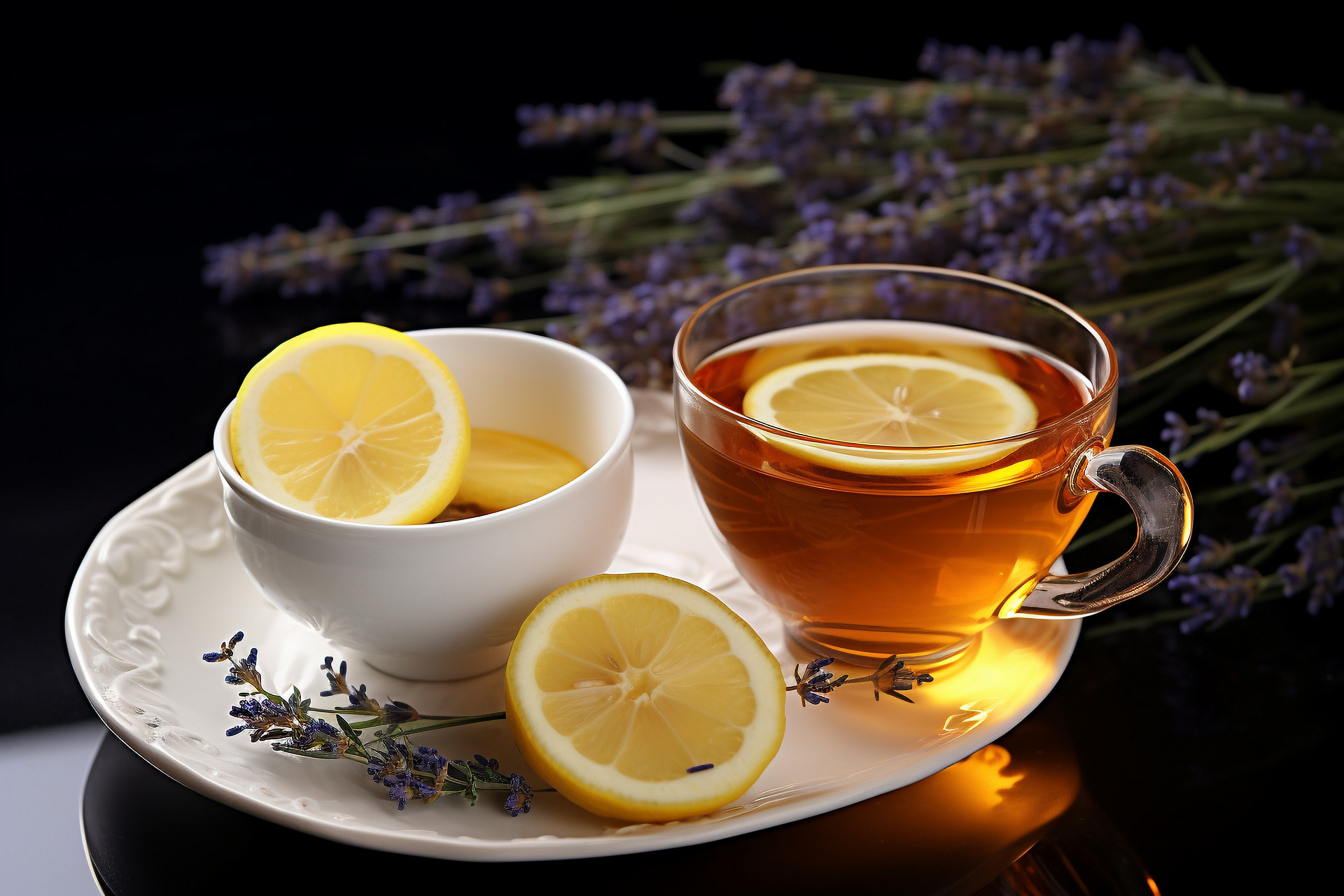
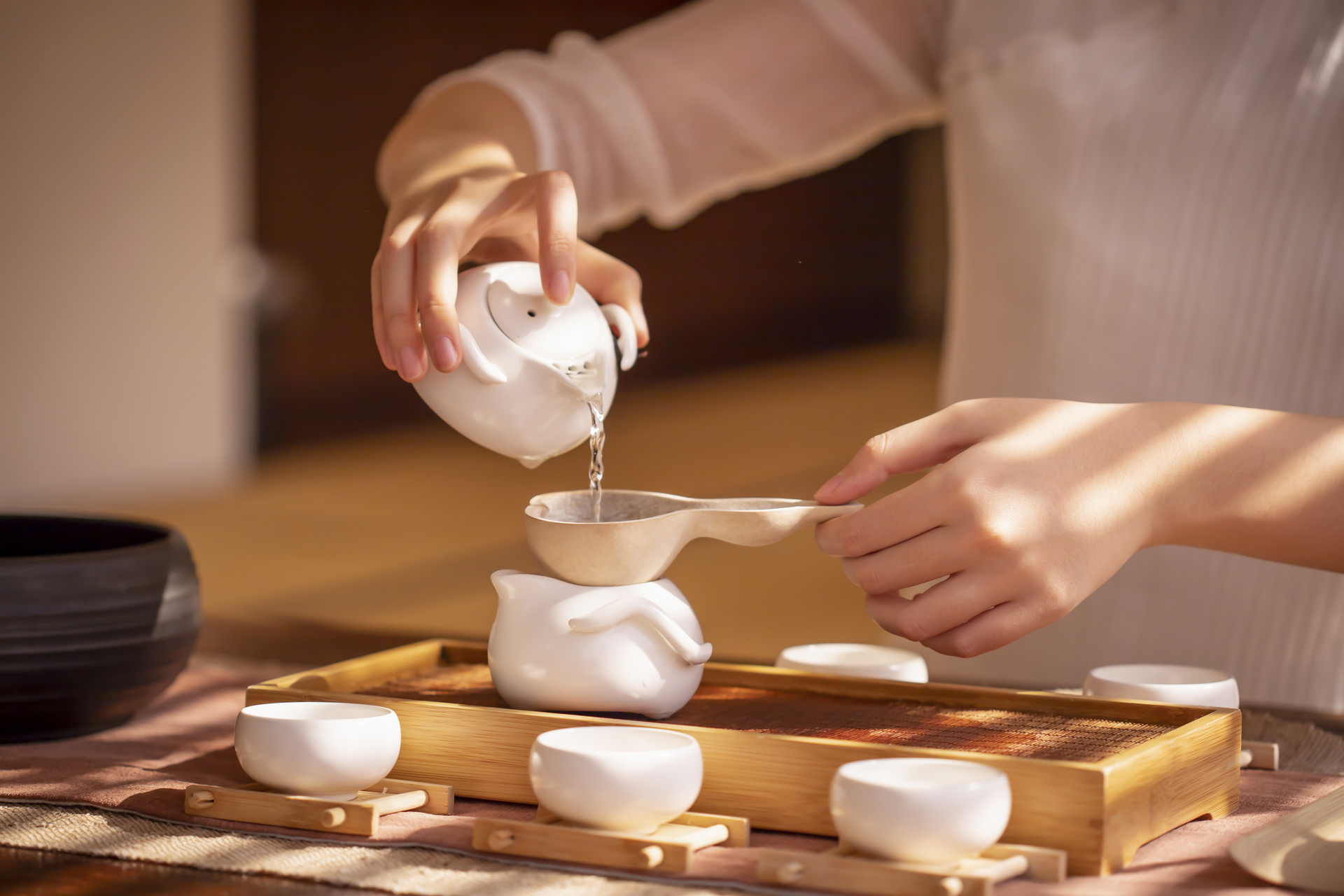
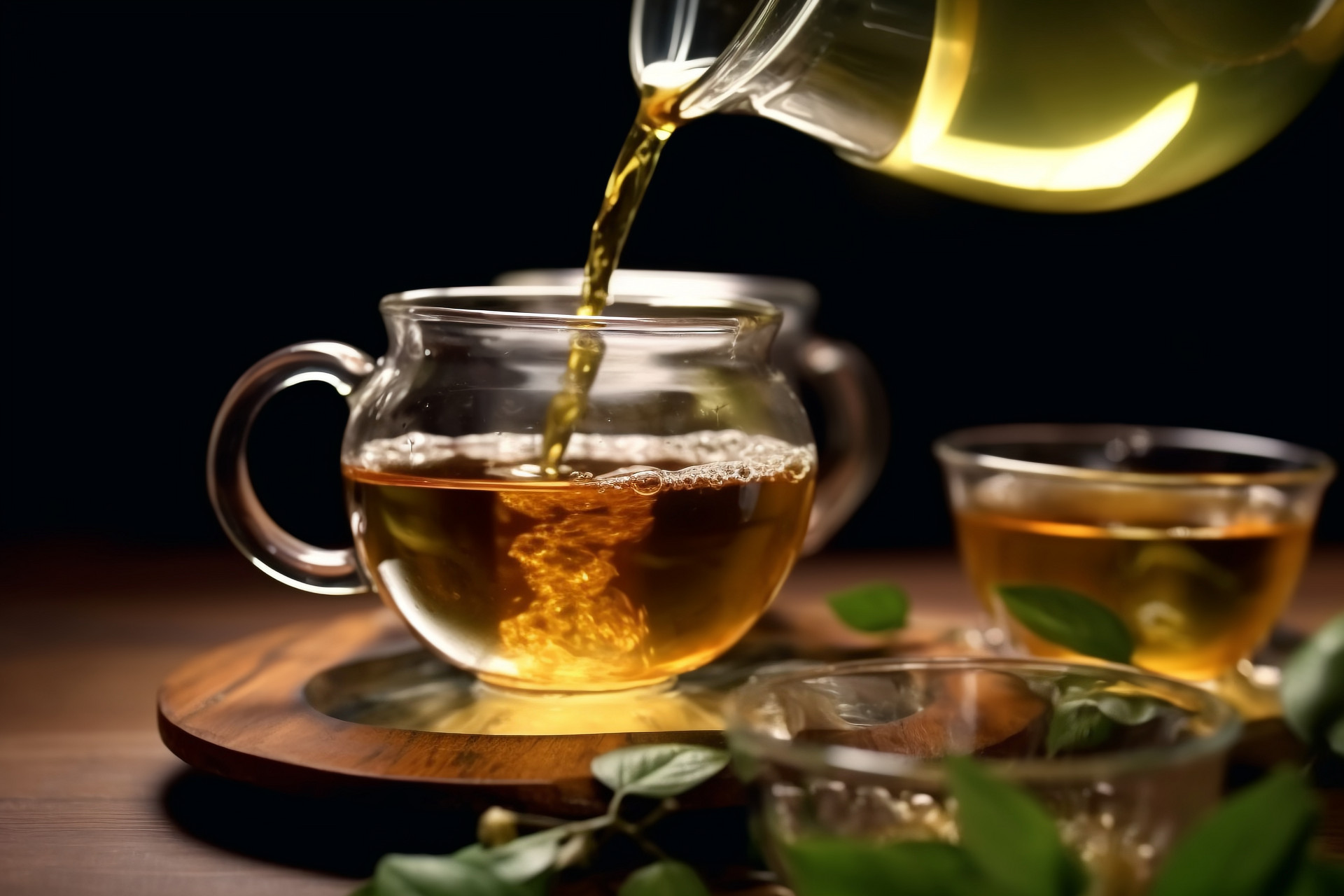

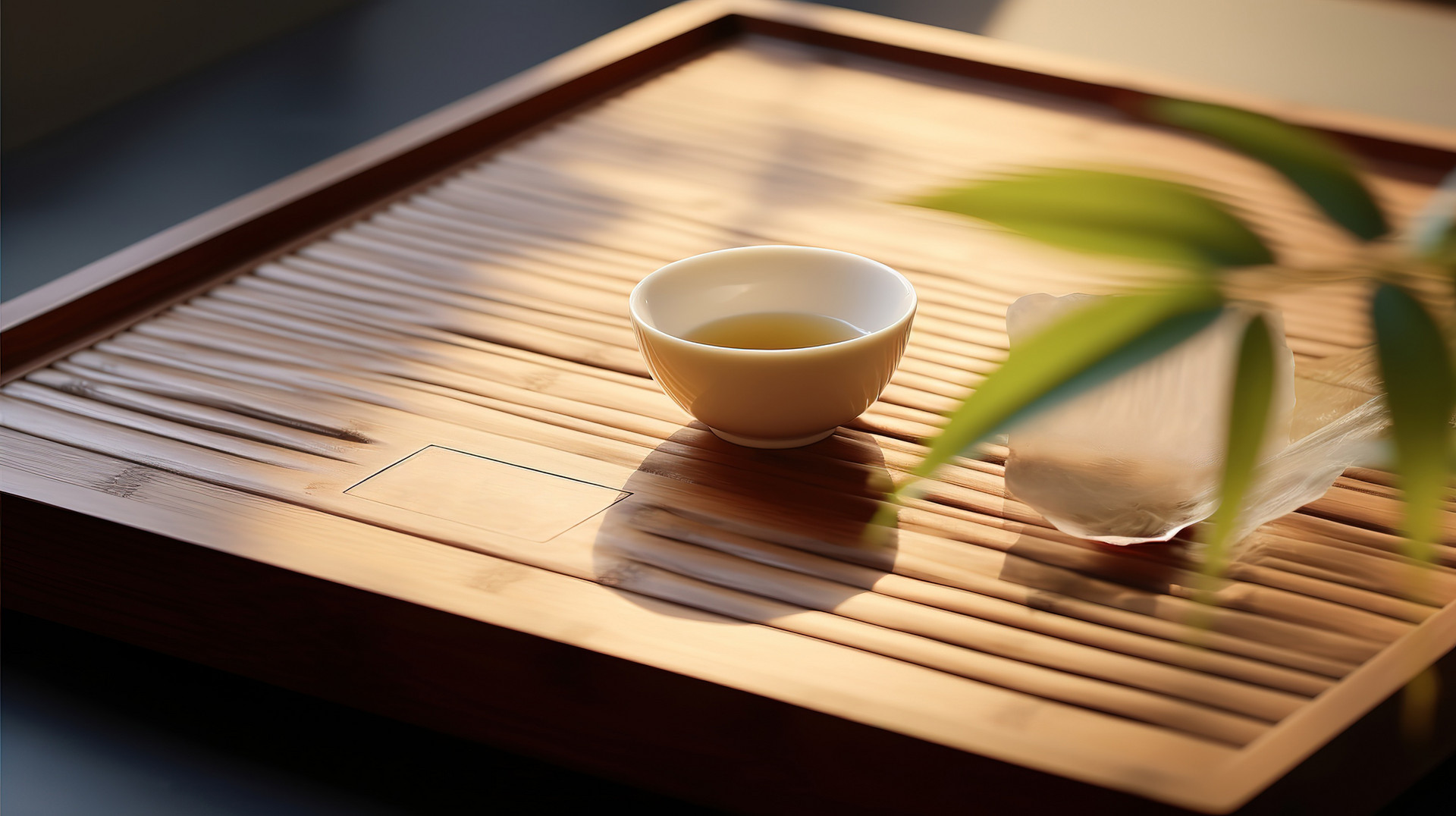
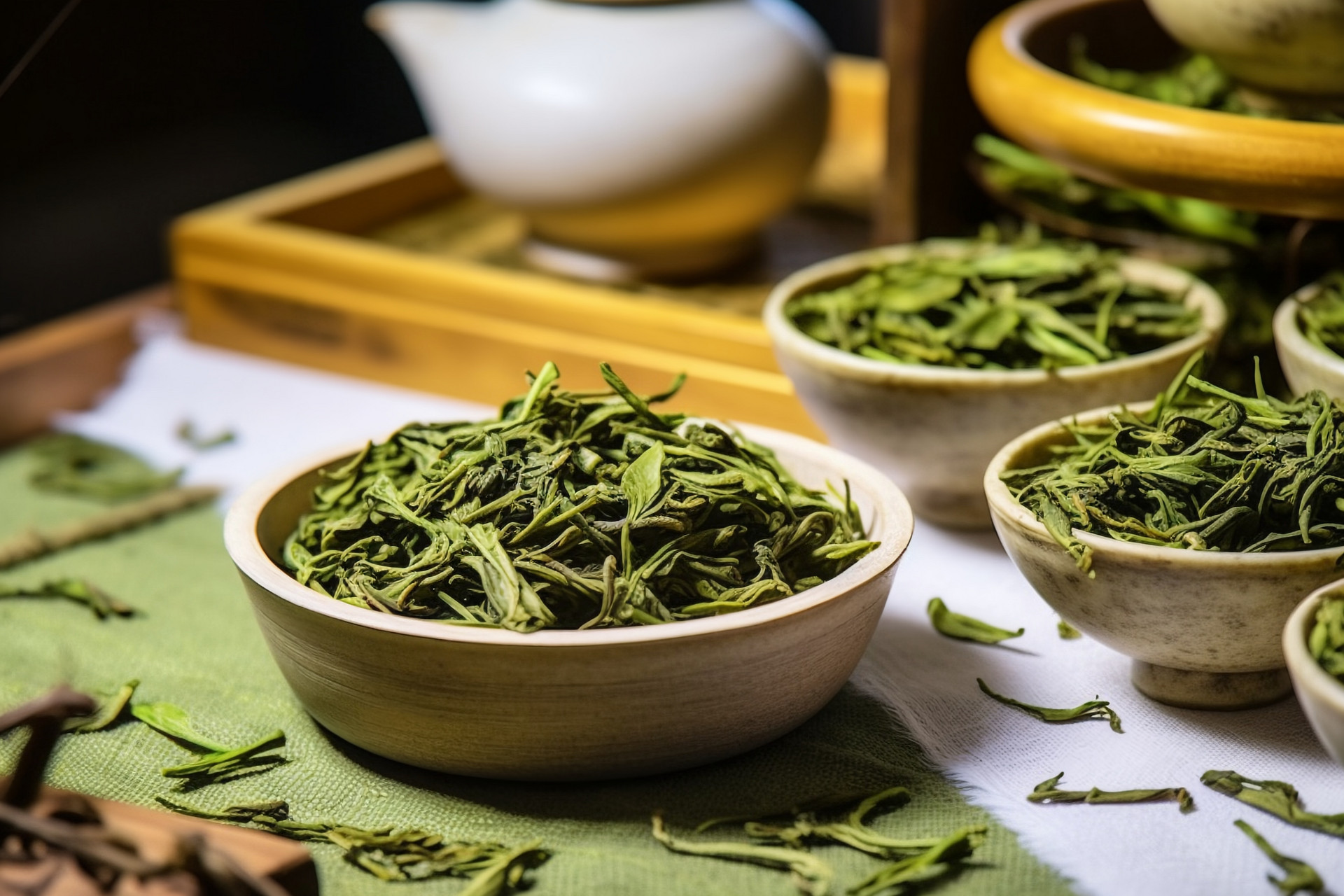
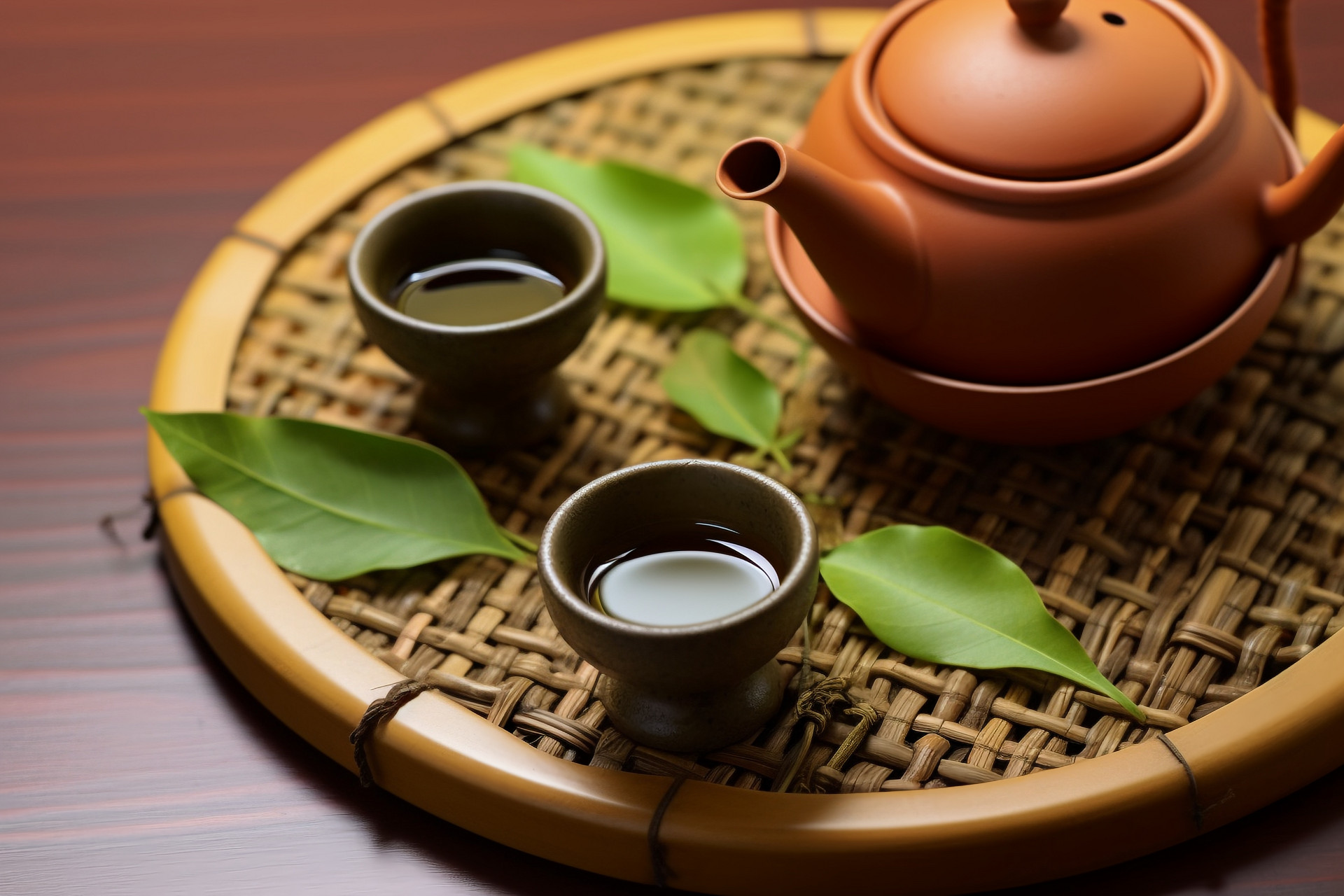
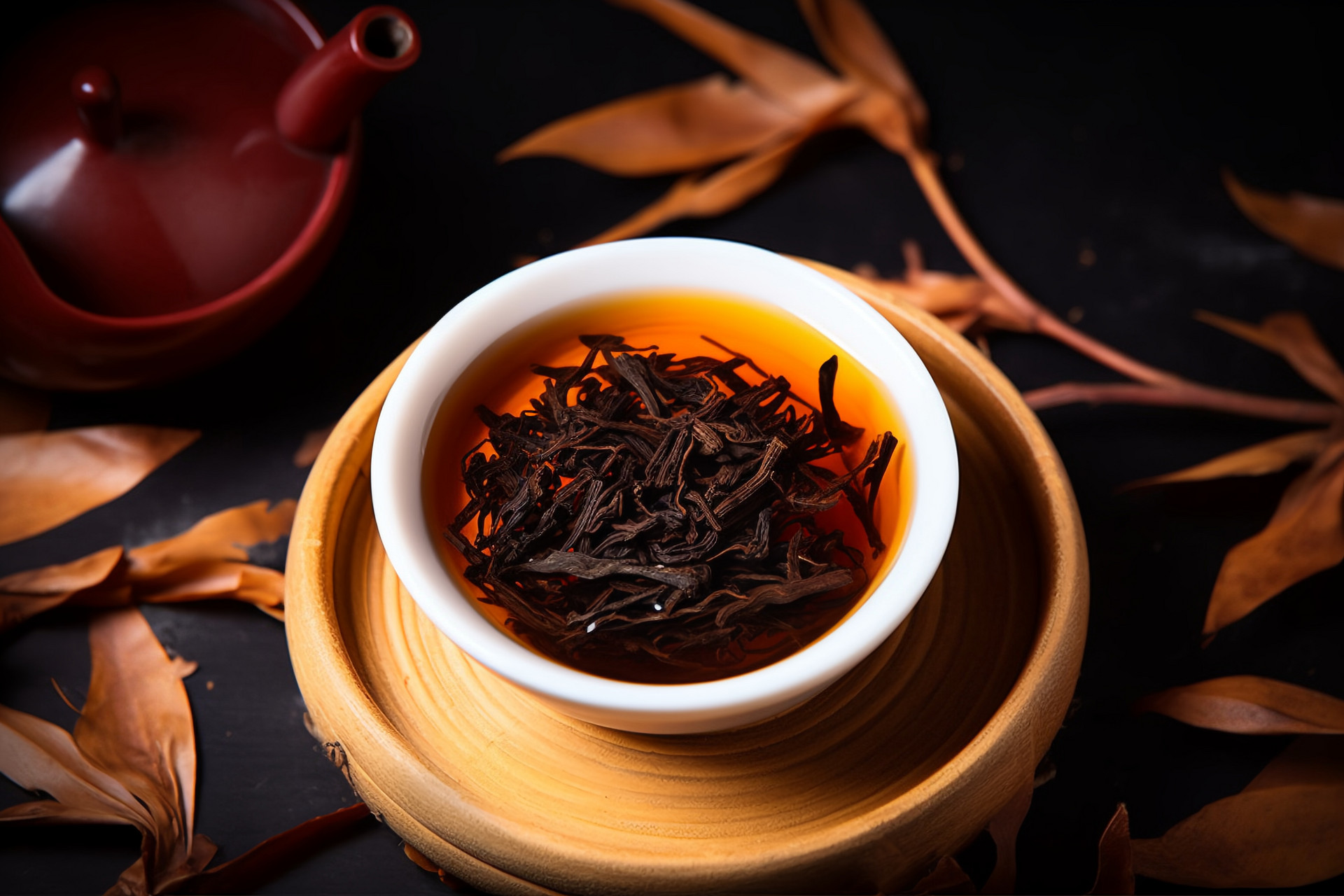
![[Herbal Wine Recipes for Health and Beauty]](https://tcmmaintenance.com/uploads/20240715/7241f6b6eafdaed88c28b26a37213964.jpg)